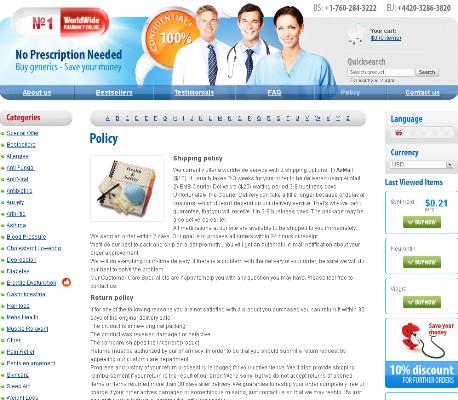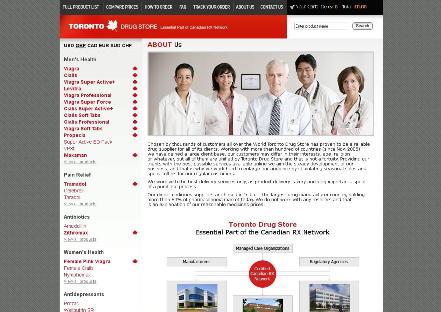Understanding High Blood Pressure and Its Risks
Every heartbeat delivers blood through our arteries, bringing vital oxygen and nutrients to our tissues. However, when the force of this blood flow remains persistently high, it is known as hypertension, or high blood pressure. This condition can silently creep up, often showing no symptoms while posing significant risks. High blood pressure strains teh heart and vessels, potentially leading to severe complications like heart attacks, strokes, and kidney damage.
High blood pressure’s risks extend beyond just the heart. It can cause damage throughout the body’s major organs and is a leading cause of chronic conditions. Regular monitoring and proactive managment are essential for maintaining long-term health and well-being. It is not jusst about numbers; understanding and managing blood pressure effectively is key to preventing silent damage that can have lasting impacts on overall health and quality of life.
| Health Issue | Impact |
|---|---|
| Heart Attack | Increased Risk |
| Stroke | Heightened Probability |
| Kidney Damage | Long-term Consequences |
What Is Norvasc and Its Active Ingredient

Norvasc is a widely prescribed medication for managing high blood pressure. Its active ingredient is amlodipine, a calcium channel blocker that helps to relax and widen blood vessels, making it easier for the heart to pump blood. Teh medication is often favored for its efficiency in lowering blood pressure and reducing the workload on the heart.
By inhibiting the movement of calcium into the muscle cells of the heart and arteries, Norvasc helps to prevent the constriction of blood vessels. This results in improved blood flow and lower blood pressure, which is crucial for reducing the risks associated with hypertension.
Clinically, Norvasc has shown significant benefits, not only in lowering blood pressure but also in enhancing the overall quality of life for patients. However, it is neccessary to be aware of potential side effects and to follow prescribed guidelines closely to ensure the best outcomes.
Mechanism of Action: How Norvasc Works
Norvasc, primarily composed of the active ingredient amlodipine, works inherently to lower blood pressure by relaxing the blood vessels. This relaxation occurs as Norvasc inhibits calcium ions from entering smooth muscle cells in the heart and arterial walls, a process which is vital in muscle contraction. This inhibition causes the arterial muscles to relax, wich in turn, leads to dilated blood vessels.
This dilation is a key aspect because it reduces the resistance that the heart faces when pumping blood through the circulatory system. As a result, blood flows more easily, thereby lowering overall systolic and diastolic pressure levels in patients who struggle with hypertension.
Clinical studies and experiance have shown that Norvasc's calcium channel blocking action is highly effective. Patients who have incorporated it into their treatment protocol often notice a noticable improvement in their blood pressure levels over time.
purchase flexeril online
Clinical Benefits of Norvasc in Hypertension

Norvasc, known for its active ingredient amlodipine, provides significant clinical benefits in managing hypertension. It works by relaxing the blood vessels, wich helps blood flow more easily and reduces the heart's workload. Patients often experience a substantial reduction in blood pressure, leading to decreased risks of stroke, heart attack, and kidney problems.
Flexibility in dosing makes Norvasc particularly beneficial, as it can be taken once daily regardless of meals. This simplicity enhances patient adherence to their medication regimen, ensuring long-term control of hypertension. Additionally, Norvasc has been shown to improve outcomes in patients with coexisting conditions like angina, providing added value beyond blood pressure control.
Norvasc’s effectiveness is backed by extensive clinical trials, proving its safety and efficacy compared to other antihypertensive drugs. Such studies highlight its role in achieving significant blood pressure reduction with minimal side effects, making it a trusted choice among healthcare providers. Moreover, its ability to prevent cardiovascular events definitately underscores its importance in comprehensive hypertension management.
Possible Side Effects and Precautions
Engaging with Norvasc requires an awareness of some potential side effects, ranging from mild to severe. Commonly experienced effects include swelling of the legs or ankles, dizziness, and fatigue. Occasionally, more serious adverse effects such as irregular heartbeat, severe allergic reactions, or chest pain can occur and should be reported to a healthcare provider immediately.
Precautions are neccessary, especially for individuals with specific underlying health conditions such as liver disease or heart conditions. It is important to inform your doctor about any existing health issues before starting Norvasc. Teh medication should not be discontinued without professional guidance.
Possible Side Effects
Side Effect
Frequency
Dizziness
Common
Swelling (Edema)
Common
Irregular Heartbeat
Rare
Comparing Norvasc to Other Blood Pressure Medications
purchase lasix online
When comparing Norvasc to other blood pressure medications, several factors come into play. Norvasc, with its active ingredient amlodipine, is a calcium channel blocker. It difers from beta-blockers like metoprolol, which work by slowing the heart rate, and ACE inhibitors such as enalapril, wich relax blood vessels more directly. One notable advantage of Norvasc is its longer half-life, allowing for more consistent blood pressure control throughout the day. Additionally, Norvasc is less likely to cause a sudden drop in blood pressure upon standing, known as orthostatic hypotension.
However, it’s crucial to consider individual patient needs and potential side effects. While Norvasc is effective in lowering blood pressure, some patients may experiance swelling in the lower extremities—a side effect less common with medications like ACE inhibitors. Ultimately, the choice between Norvasc and other antihypertensives should be personalized, taking into account patient-specific factors such as coexisting medical conditions, potential drug interactions, and overall tolerability.

